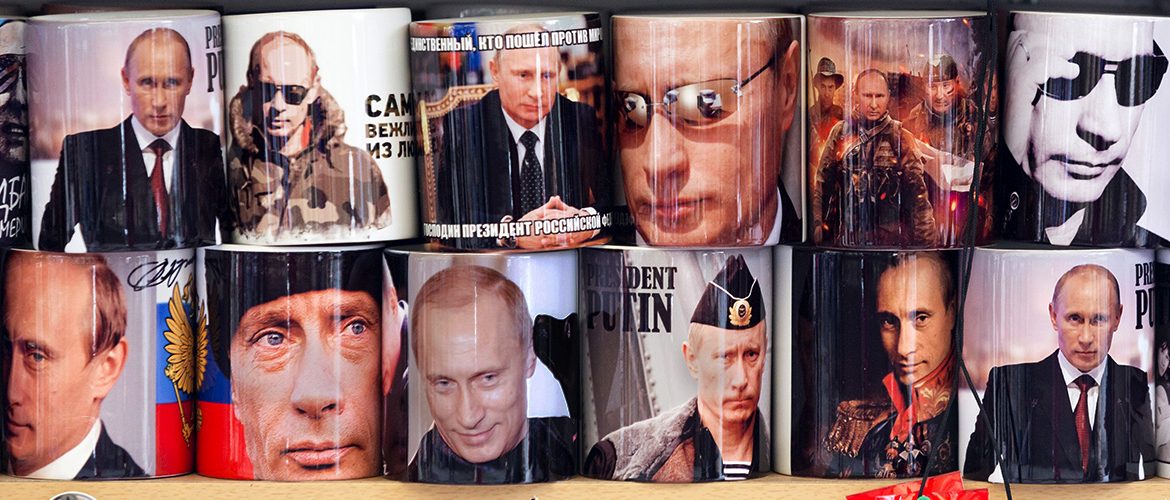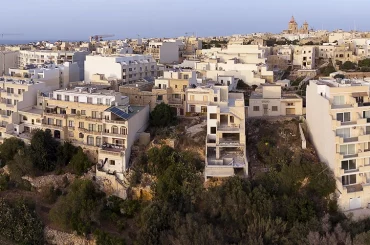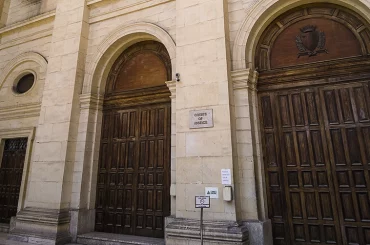As Russia’s imperial, nineteenth-century-style land grab in Ukraine becomes more grotesque and more menacing – with Russia resorting to hybrid warfare and nuclear threats to jostle us into acquiescence – Europe faces a momentousness that will test our endurance and resolve.
This is the greatest threat to peace, security, and stability in Eurasia.
Gao Gusheng
Not since World War II has a country invaded a neighbouring country and annexed a large chunk of that country’s territory – Russia last Friday may have even annexed some parts of Ukraine that it does not even yet control (this is still not clear).
All in all, excluding Crimea which it annexed in 2014, what we know at present is that Russia has now annexed a further 15 percent of Ukraine’s territory. In real measurements, that’s around 90,000 square kilometres, a chunk of territory as large as Portugal or Hungary.

Gao Gusheng, a former Chinese ambassador to Ukraine, made an incisive analysis about the thrust or motivation in all of this in a seminar in China last June. (Accounts of his speech in Chinese have since been banned from the Chinese internet.)
He said: “The core and primary orientation of the Putin regime's foreign policy is to view the former Soviet Union as its exclusive sphere of influence, and to restore the empire through integration mechanisms in various fields dominated by Russia. For this reason, Russia is duplicitous and reneges on its promises; it has never truly recognized the independence, sovereignty, and territorial integrity of other former Soviet countries, and frequently violates their territories and sovereignty. This is the greatest threat to peace, security, and stability in Eurasia.”
“Russia clings to the pursuit of restoring the union or empire, breaking the existing international order and changing the geopolitical map of Eurasia, in order to gain the international status and influence of the Russian Empire or the former Soviet Union. This is fundamentally opposed to and in conflict with the US and the West. This is the main contradiction and sticking point in Russia's relations with the US and the West.”
Vladimir Putin had alluded to such sentiments early in his presidential rule. In 2005, he had said that “the collapse of the Soviet Union was a major geopolitical catastrophe of the century”, and added that “tens of millions of our co-citizens and co-patriots found themselves outside Russian territory.”
It has since been a theme that Putin has returned to over and over again. In an essay published in July of 2021, he said that Russians and Ukrainians are “one people”, and ended by saying: “I am confident that true sovereignty of Ukraine is possible only in partnership with Russia.”
A few days ago, Putin reportedly told a gathering of security chiefs from the Commonwealth of Independent States – the grouping of countries that was set up after the Soviet Union collapsed – that skirmishes at some borders are due to the collapse of the Soviet Union.
Putin returned to the theme at the speech during the annexation of four Ukranain provinces last Friday. He said: “In 1991, at Belovezh Forest, without asking the will of common citizens, representatives of the then-party elites decided to destroy the USSR, and people suddenly found themselves cut off from their motherland. This tore apart and dismembered our nation, becoming a national catastrophe…”
“I admit that they did not fully understand what they were doing, and what consequences this would inevitably lead to in the end. But this is no longer important. There is no Soviet Union, the past cannot be brought back. And Russia today does not need it anymore. We are not striving for this."
Then he added: “The battlefield to which fate and history have called us is the battlefield for our people, for great historical Russia, for future generations, our children, grandchildren and great-grandchildren.”
What is “great historical Russia?”
It depends what point in history that would be, finding a fixed point of reference is not easy. Russia’s territory extended much further west than now for much of the last century – in the last years of Tsarist Russia, then the Bolsheviks and eventually Stalin’s Soviet Union (this was before the larger scale Soviet Union after World War II). During much of that time Russian territory extended over Ukraine going into Moldova, and also at times incorporated the Baltic states – Estonia, Lithuania, and Latvia (which are nowadays members of NATO and the EU). Yet the borders were also fluid, particularly in the first part of the last century, a time of war, turmoil and shifting alliances.

It's not clear what construct Putin has in mind, but any construct of 'great historical Russia' would be a vision of Russia having territory, or at least political mastery of territorial space, much larger than today.
Featured Image Credit: istock.com/Cylonphoto





